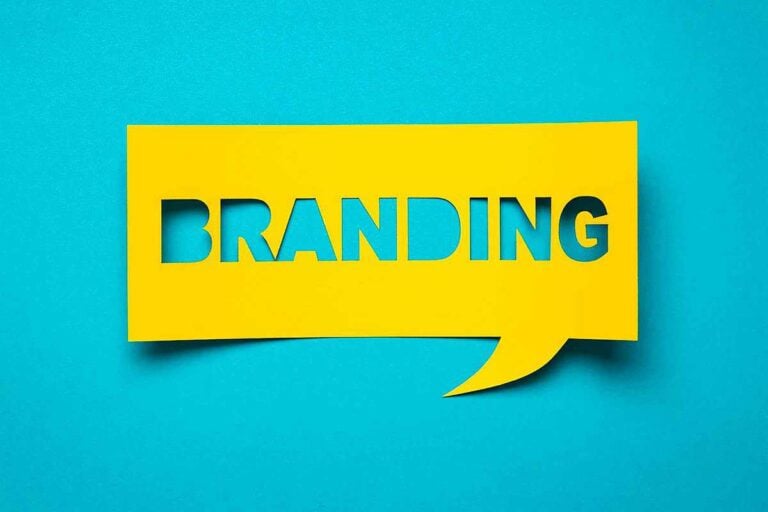This year saw the rise and fall of a number of celebrity endorsement deals. As James Cordon’s career went from strength to strength, you’d think Confused.com would be thrilled with the success of their brand ambassador, but instead they ditched him. Across the pond, Nike flouted critics, hiring controversial American footballer and activist, Colin Kaepernick, as their frontman. Closer to home, Tesco surprised us by appointing Jamie Oliver as the face of the brand, despite his strong ties with Sainsbury’s.
This had me pondering – what makes a good brand spokesperson and when do they become a problem? As I sat at my desk this morning to write about it, I heard the news that Jose Mourinho had been fired. I don’t think I could find a more perfect example of how a relationship with a spokesperson can go horribly wrong if they are not acting in a way that reflects the values of the brand. For a long time, Manchester United allowed Mourinho to be bigger than the organisation itself, but finally the football club have called time on the relationship.
The issue with any celebrity or mascot is that they’re a brand in their own right so the advertiser needs to be very careful to ensure that there is a truly symbiotic relationship – with both brands having the same, or complementary, brand values so that they feed off each other. In the case of Confused.com, I remember their ads for the simple reason that James Corden starred in them – but I’d have struggled to name the brand that they were advertising.
Marketers need to take care when choosing a brand spokesperson or mascot. For any brand in a crowded marketplace it can build real differentiation and make you stand out from the crowd. However, you need to be mindful that, as a brand strategy, it’s likely to have a shelf life. As such, you need to be acutely aware of the balance of power between the brand and the spokesperson, monitoring the value that the spokesperson is bringing and ensuring that they are not detracting from brand awareness.
Confused.com’s competitor, Comparethemarket.com, have taken an interesting approach to this strategy. They were just a.n.other price comparison website before they created their meerkats. By creating their own mascot they have been able to ensure that the meerkats’ values are the same as the Masterbrand and it has been a great way to build high levels of brand awareness. However, with spin offs like meerkat books and cuddly toys, the brand needs to be careful not to be overshadowed by its creation. It would find it extremely difficult to shift to a new creative strategy.
Prepare your exit strategy
The key is to ensure you have a good exit strategy in place so that when the usefulness of a partnership is waning there’s a clear road map of what to do next. You also need to think about the potential pitfalls of having a famous spokesperson, whether it’s controversy or scandal. The intention of the Nike-Kaepernick campaign was always to shock. Nike has a history of being edgy and it’s in line with their brand essence. However, people are unpredictable, so however popular they might be when you begin your partnership with them, anything could happen. Nike’s been there with Tiger Woods, who lost all sorts of brand sponsors from Gatorade to Accenture and Gillette following his own personal crash.
Likewise, Jamie Oliver could be considered a risk for Tesco. First, he still has a strong association with Sainsbury’s even though he severed his partnership with them years ago. Secondly, he’s a divisive character not known for towing the company line. But does he reflect Tesco’s brand essence? I’d say so. Just as Tesco think of themselves as the number one supermarket brand, Oliver is probably the UK’s highest profile chef. His brand values sit nicely with Tesco’s own. The conversations in the boardroom no doubt probed the Sainsbury’s question, but in the end someone decided to take the risk, looking to the future potential rather than worrying about Oliver’s past.
Whoever the spokesperson, their shelf life will ultimately be determined by the brand’s bottom line. When a brand is damaged, the success of the business is affected and Jose Mourinho has shown us that ego does eventually suffer the consequences of its own actions. The board at Manchester United are no real fans of football, but are massive fans of their bottom line; they realised that Mourinho was damaging the brand and thus their bank balance. It goes to show, no one can be above the values of their organisation, however important they are. Brands must ensure their values are completely aligned with the people representing them, and be prepared to cut ties the minute those values are compromised if they want their reputation to remain in tact.

